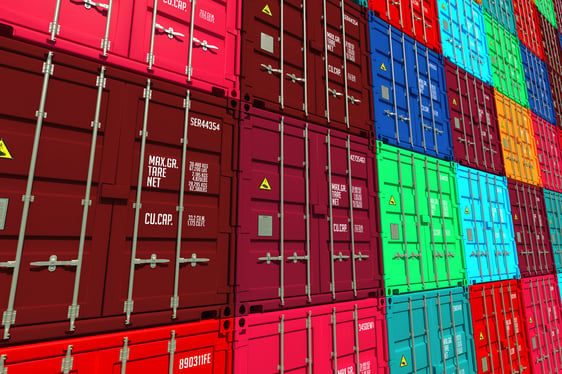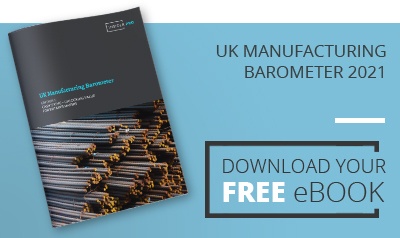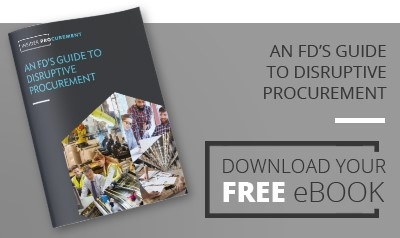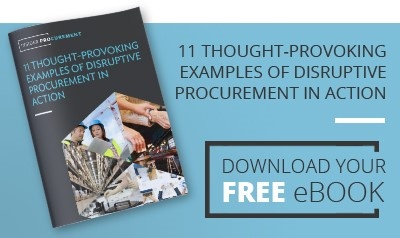One of the most common questions I am asked by CFO's and Financial Controllers is; "How much can we improve EBITDA from our supply chain?" My answer, is always the same; "More than you think. Probably about double."
In todays world, most senior finance managers have a wide range of responsibilities and lack the time and resources to really maximise EBITDA from the supply chain so it is no surprise that significant opportunity exists. The situation for those with a heavy CAPEX profile is even more marked with potentially £m's of additional cashflow to be unlocked.

5 Secret Hiding Places of EBITDA
Here are the 5 places you are almost guaranteed to find additional profit and cash, with their potential ROI, ease of execution and an action you can implement right now to get you nearer to your profit or cashflow improvement goal:
1. Assumptions on pricing and products: 10:1 ROI/Easy
It is tough to stay on top of the latest market pricing and products in your own industry. So, doing it for your entire supply chain is impossible. The assumptions that we make (and need to make for expediency) create financial blind spots which leave money on the table. To address this, I always recommend a quarterly review of supply chain pricing in key categories and an annual review of pricing more widely.
→ Action: Diarise price reviews with your procurement or functional leads and provide them with the support and funding to execute. This doesn't have to be a big investment (you'll be amazed the impact just £5k spent in the right places can provide) and it almost always pays off.
2. Conflicting Targets & Measures: 10:1 ROI/MediumProcesses are good. And measures of process are great...but when they get confused with targets, companies start to fool themselves that their performance can't be improved. Economist Charles Goodhart captured the essence of the issue by explaining that people start to game measures when they become targets. A practical example of this was seen in Public Health England's approach to Coronavirus reporting. We recently had a client whose internal team did just this and left more than £1m of EBITDA on the table.
→ Action: Set clear measures to inform progress but ensure any targets are distinct from these. The most useful measures are 'long term'. Targets on the other hand are more effective if they are much shorter timescale e.g. target for the quarter.
3. Reducing 'failure demand': 20:1 ROI/Hard
The equation for cost has 2 simple components: Price X Demand. Many concentrate on price so they don't have to solve the thorny issue of demand. This is a mistake. According to Prof John Seddon up to 40% of demand is 'failure demand' or in other words, there is a very high likelihood that you are spending your hard earned cash on things that don't add value.
→ Action: Process and systems are at the heart of this. Identify the 3-5 processes that drive spending in your supply chain and ensure they are as simple as possible (complexity drives failure demand). Make sure these processes demonstrably improve cash or profit. I strongly recommend starting with either IT or marketing services.
4. Playing everyone to their strengths: 20:1 ROI/Hard
I've never met a CFO who didn't think that playing their team to their strengths would improve results. However, very few companies apply this logic to their supply chain. Resources aside, the major blocker here is the lack of a structured way to assess what suppliers are really good at.
→ Action: For key suppliers conduct the CIPS 10c's Supplier evaluation and appraisal assessment to get a deeper understanding of their strengths. Or if you prefer, we have a simpler, quick tool we adapted from Blue Ocean strategy which can help you get a picture in 30 minutes or less.
5. Quality relationships: 30:1 ROI/Hard
It's all about people and relationships, right?
In short, yes. If you can nurture better relationships with the people in your supplier's business, you will find vast opportunities for improved EBITDA and cash flow.
But if we all know this to be almost universally true, then why don't we all have fabulous relationships and work collaboratively with our suppliers? It comes down to 2 simple truths;
- We form relationships with people not companies (that's why formal supplier relationship management programmes disappoint).
- The skills needed to do this well are uncommon in business. How much time have you or your colleagues invested in relationship building skills in the past 24 months?
→ Action: Identify the 3-5 key individuals (not companies) within your supply base who could have an impact on your cash flow or EBITDA in the next 12 months. Diarise a quarterly coffee/catch up and go to the sessions with an open mind and share what you want to achieve. It is amazing what this can do for both sides. Important: this needs quality time. An hour is fine but don't pollute the session with the issues of the day or your frustrations. Keep the agenda to; "sharing our priorities over the next quarter/year and how we can support each other to achieve them."
One more thing...
I wish you all happy hunting for incremental EBITDA in your supply chain. In my experience of working with nearly 100 mid cap growth businesses, I can reassure you that it's there....and now you know where to look its purely about finding the time. If you get stuck or have questions, then please feel free to reach out to me. I am always interested to hear from growth companies and more than happy to share my learning so you can continue on your journey.





